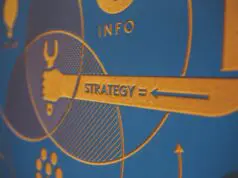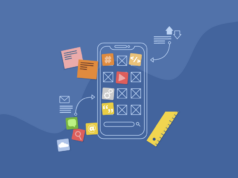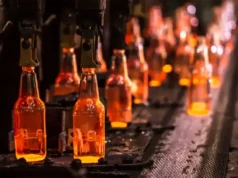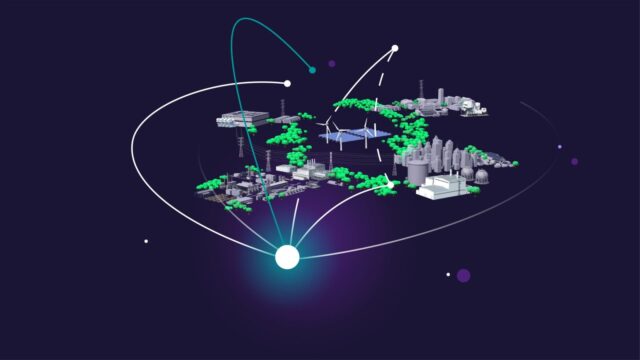
Conventional power sources such as coal plants and hydroelectric dams are centralized in nature. This centralization means that the electrical energy has to be transmitted from its source of generation to the source of consumption. But engineers have found an efficient alternative to this: distributed power generation.
Instead of centralizing power generation, distributed power generation decentralizes it so that electricity can be produced near where it is needed. In this blog, we will discuss what distributed power generation is, how it works, and some of its features.
What Is Distributed Power Generation?
Distributed Power Generation generates power with small-scale electricity resources connected to a single electrical grid. The resources are located near the load centre, so the administration does not have to be transmitted.
Distributed energy resources, or DERs, generally have a capacity of less or equal to 10 MW. They can consist of battery energy storage systems, microturbines, solar arrays, etc.
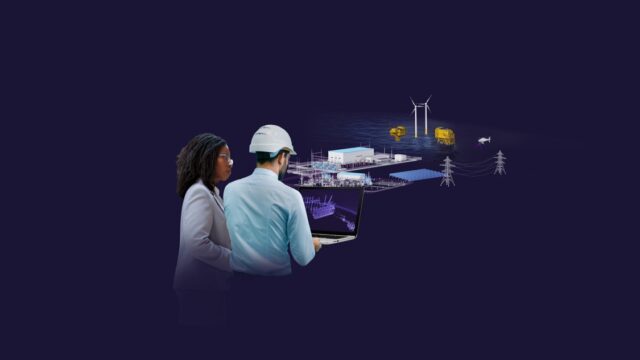
How Does Distributed Power Generation Work?
Demand-response resources are a big part of distributed power generation. These resources are simple electric loads that users can reduce or disconnect according to their needs. Some users even participate in the demand-response program, where a program manager can disconnect switches remotely to reduce the load on the electric grid.
The small, disconnected components of distributed power generation give it functional capabilities similar to a power plant of a smaller scale. After all, the primary purpose of distributed power generation of renewable energy is to meet the power demands.
Demand-response resources, or DERs, can be of any size. The large DERs can power as many as several thousand homes simultaneously. To ensure that the power supply can match the power demand at every minute of the day, the program manager switches off remotely controlled disconnect switches and decrease the load.
Types of Renewable Energy Sources
Renewable energy sources represent a number of technologies that can produce clean and sustainable forms of power. Renewables use a wide range of resources from sun, wind, geothermal heat and water.
Make sure your energy plan and type of renewable energy source is appropriate for consumption in your home. To reduce some of your expenses, it would also be smart to choose the best and least expensive electricity provider. Deregulated cities in texas have some of the lowest electricity prices in the country. Users in Texas now have a choice in their energy provider thanks to the deregulation of the state’s electrical industry.
Solar Energy
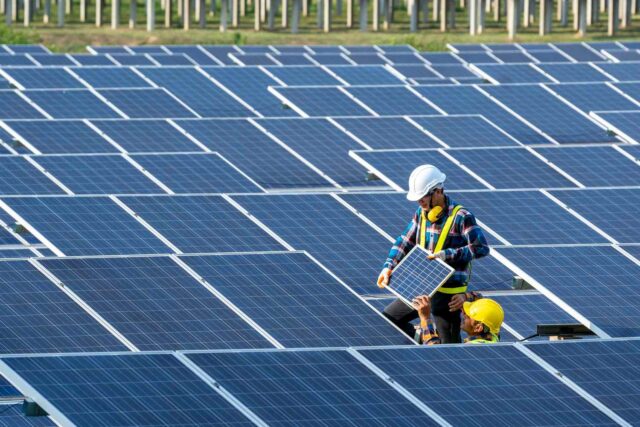
Solar energy is the direct conversion of sunlight into electricity which then powers devices in our homes and businesses. This type of renewable power can be generated through rooftop solar photovoltaic (PV) panels that convert the sun’s rays into electricity or solar thermal panel systems which capture heat from sunlight to produce hot water or space heating. While solar is commonly used on an individual basis to supplement or replace traditional power as part of a distributed generation system, larger utility-scale solar farms are also becoming increasingly popular.
Wind Energy
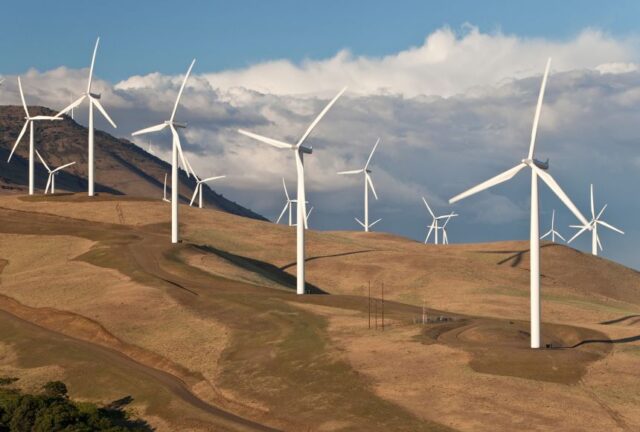
Wind energy is the process of turning wind into electricity through turbines that generate rotational force from the airflow. Turbines come in many shapes and sizes but generally consist of three blades connected to an electric generator in its hub at the top; some also contain sensors that help optimize operation according to weather conditions. Wind farms employ several individual turbines together within one array to maximize collective energy production as well as provide reliability in areas with less consistent winds speeds.
Hydropower
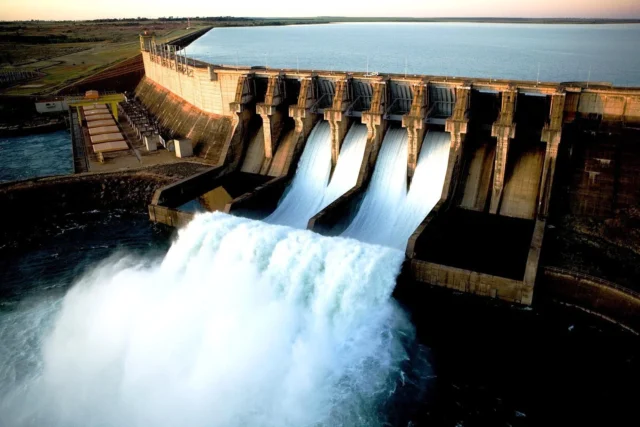
Hydropower uses falling water within dams, chutes or rivers to spin a turbine connected to a generator which produces electricity; it’s estimated that hydropower today provides around 6 percent of America’s total electricity needs. Generally speaking though, large-scale hydropower projects are becoming increasingly controversial due disruption they can cause natural foci, so many countries have been looking at alternative means such as run-of-the-river systems – where only minimal storage and diversion techniques are used – or backwater pumping systems with integrated storage solutions instead; both provide efficient ways for utilizing existing water resources without disturbing ecological balance along riversides.
Geothermal Energy
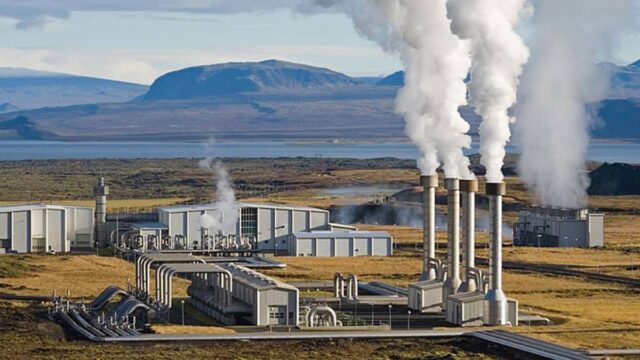
Geothermal Energy takes advantage of thermal energy stored beneath Earth’s surface which is then extracted through a variety of wells, pumps and other infrastructure connected together within single geothermal power plants – many hot springs found throughout world represent great source for it. While this form requires significant investments upfront on both small individual sites down to large regional developments, these expenses present in turn various incentives such as plentiful funds available for research & development programs worldwide.
Bioenergy
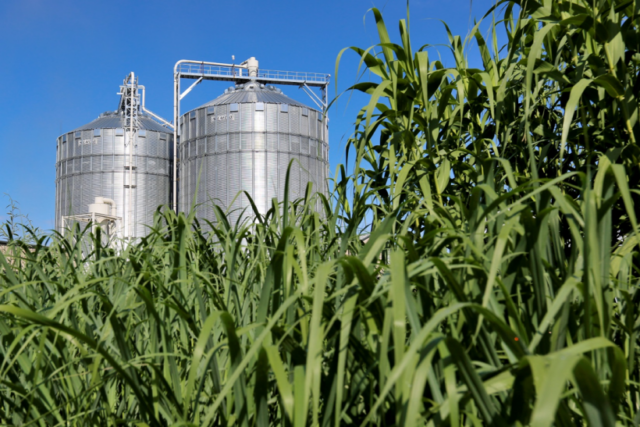
Bioenergy utilizes all sorts of organics materials ranging from plant-based materials like wood chips or agricultural residues down even animal fat – often referred as Biomass – for generating heat; mixed with cooled air, sophisticated rotary burners convert ignited combustible pieces into steam which spins turbine-connected generator thus producing electricity, much like conventional “dirty” coal plants today. But unlike standard ones those require vast acreages supply biomass stocks while at same time much smaller facilities promise very competitive current values compared market traditional options; possibly making them viable alternative day one rather than 20 years plan to modernize certain fleets throughout major cities worldwide.
Key Features of Distributed Power Generation
No matter what type of DER you are using – solar arrays, generator, or a battery – it will have the following key functional features:
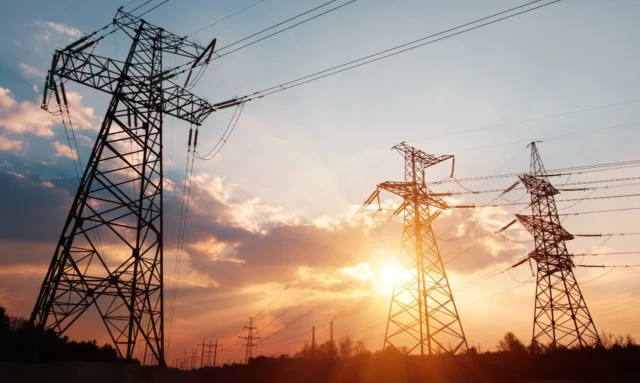
- Control and Communication Infrastructure
There is a communication infrastructure in place that enables the grid operator to control the individual resources of distributed power generation. Since it is not cost-effective to hire human operators who monitor the grid 24/7, the control and communication systems must work automatically.
- Synchronization Infrastructure
Besides remote-control infrastructure, every distributed power generation system also has a synchronization and connection infrastructure. It ensures that the power generated by demand-response resources stays in phase with every household’s grid’s electricity. One example of synchronization equipment is a solar inverter that converts solar panels’ DC current into AC current.
- Metering Infrastructure
Distributed power generation also requires a metering infrastructure that ensures that the individual DER users’ power demands are compensated with enough power supply. The small DER assets that are installed in households or offices rely on the main utility meter to ensure that users are getting compensated for their power supply.
- Aggregation Software
It is practically inefficient to control thousands of individual DERs by a human or even a group of humans. So, distributed power generation of renewables uses aggregation software. Such software manages the different features and constraints of each aggregated DERs group. For example, the software can ensure that no DER goes without electricity for too long.
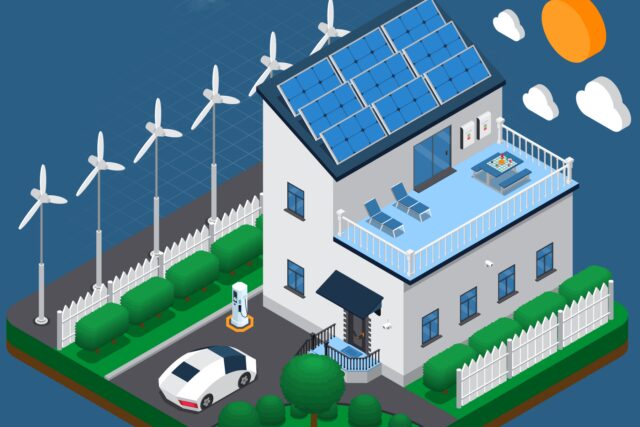
Final Words
Now that you know what distributed power generation is, it’s time to adopt this practice for your business. You can collaborate with a reputed electrical brand to decentralize the source of energy generation at your organization. Thanks to their experience and domain knowledge, such brands can assist organizations in cost-effectively adopting distributed power generation.

